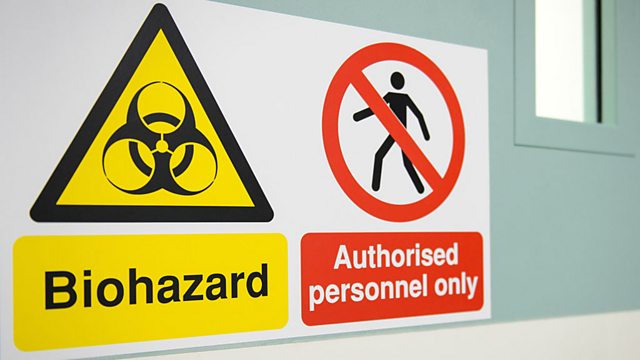Biosafety
As mistakes involving anthrax, deadly flu and smallpox come to light Andrew Luck-Baker looks at the safety of high-security labs and the risky science conducted in them.
Accidents happen in science labs all over the world, but when you’re working with deadly pathogens the consequences can be disastrous. The reputation of America’s ‘gold standard’ The Centres for Disease Control and Prevention in Georgia has recently become tarnished as news emerged that 80 workers were inadvertently exposed to live anthrax, and a deadly strain of flu was accidentally sent to another lab. Further reports of tick-box safety culture, lethal samples sent in ziplock plastic bags and vials of smallpox from the 1950s being found in the back of a fridge have increased calls for a review of the work being done on some of the world’s most dangerous pathogens.
Andrew Luck-Baker looks at the impact of these recent biosafety lapses for ���˿��� WS Discovery. Some scientists are now arguing for the reduction of laboratories working with deadly viruses and the closing down of research which is potentially risky. But does the benefit of the work outweigh its potential risks to the public? And how can human error be eliminated?
(Photo: Bio hazard warning symbol. Credit: Getty Images)
Last on
Broadcasts
- Mon 8 Sep 2014 18:32GMT���˿��� World Service Online
- Tue 9 Sep 2014 01:32GMT���˿��� World Service Online
- Tue 9 Sep 2014 08:32GMT���˿��� World Service Online
- Sun 14 Sep 2014 23:32GMT���˿��� World Service Online
Space
The eclipses, spacecraft and astronauts changing our view of the Universe
The Curious Cases of Rutherford and Fry
Podcast
-
![]()
Discovery
Explorations in the world of science.



